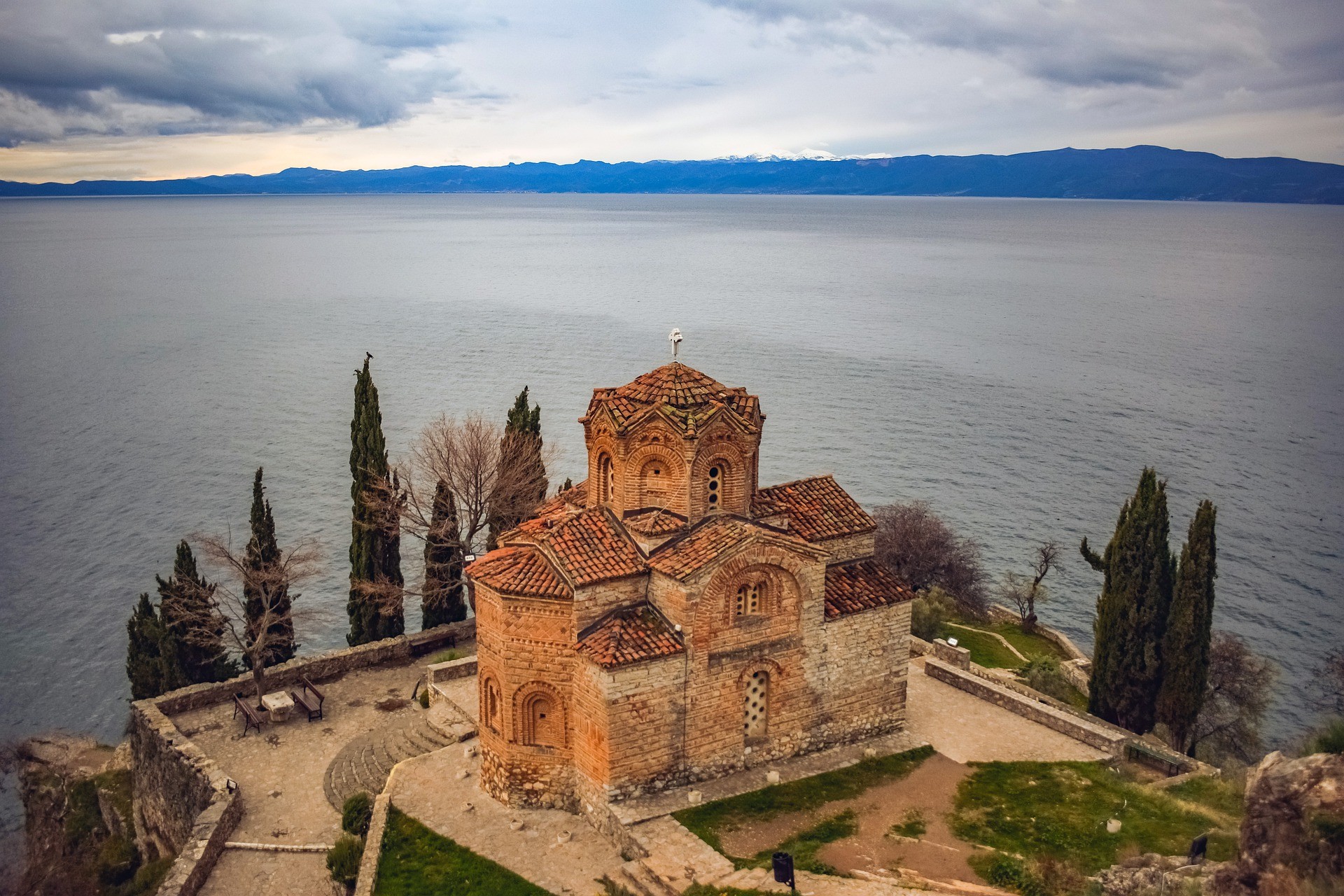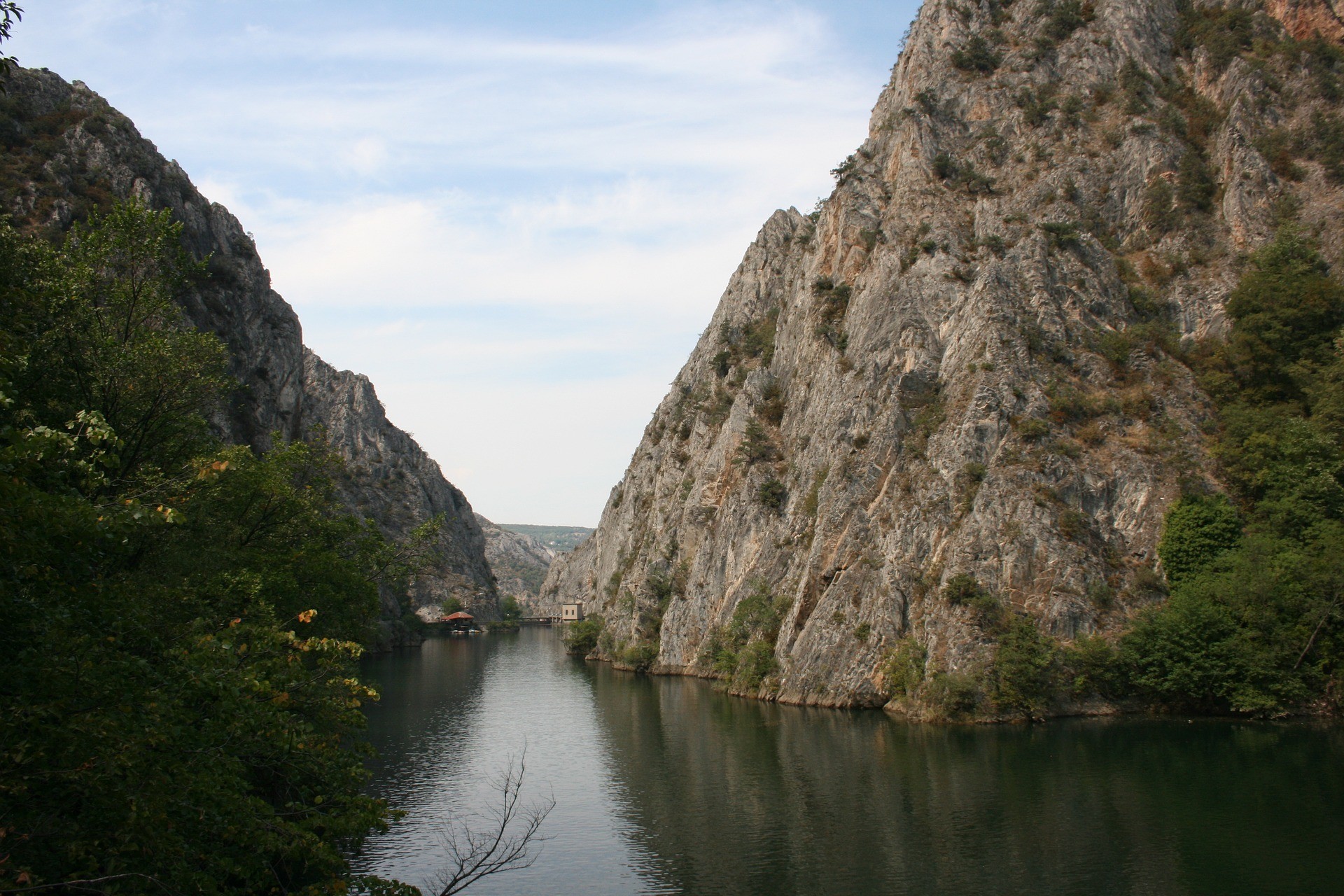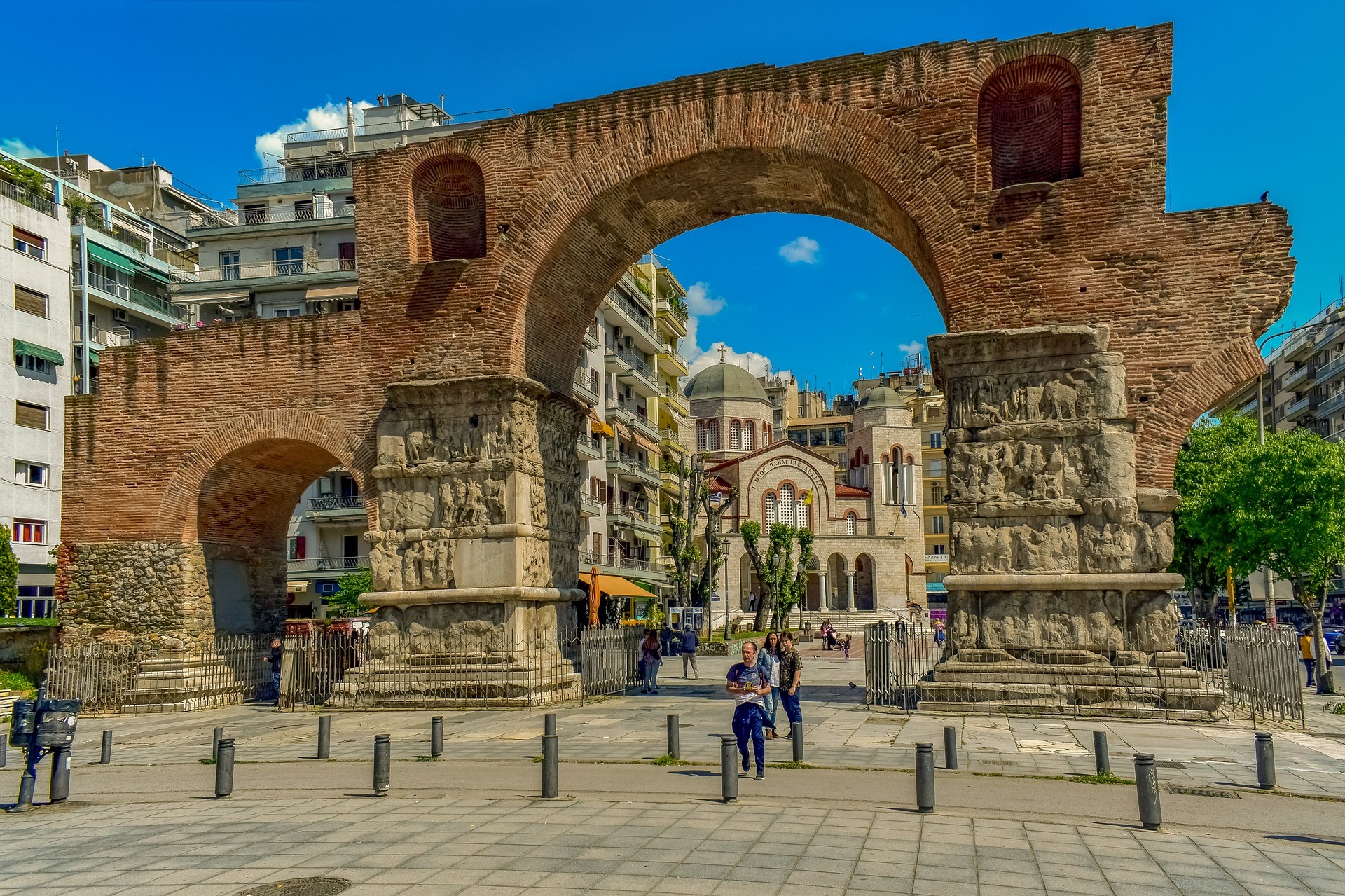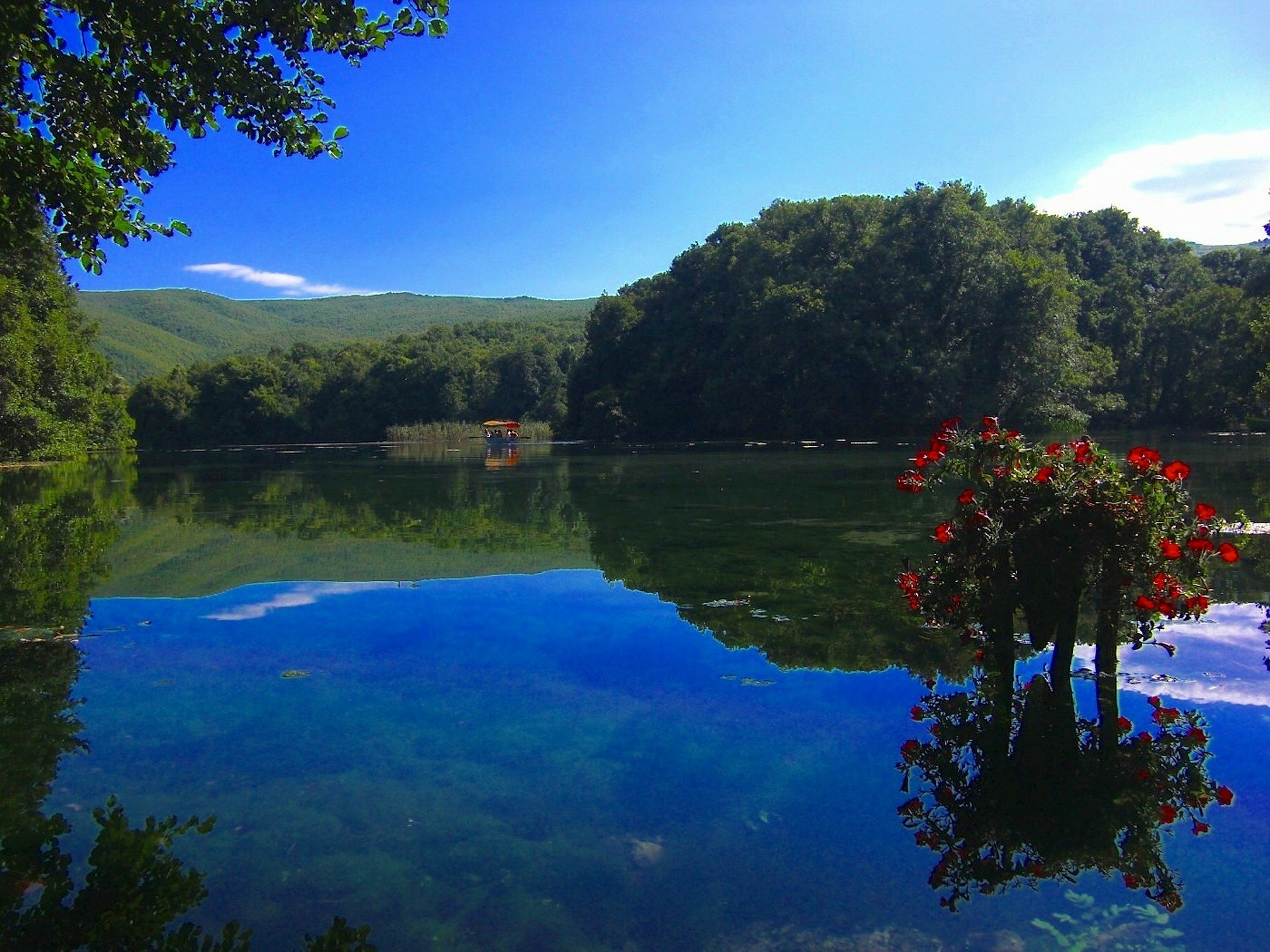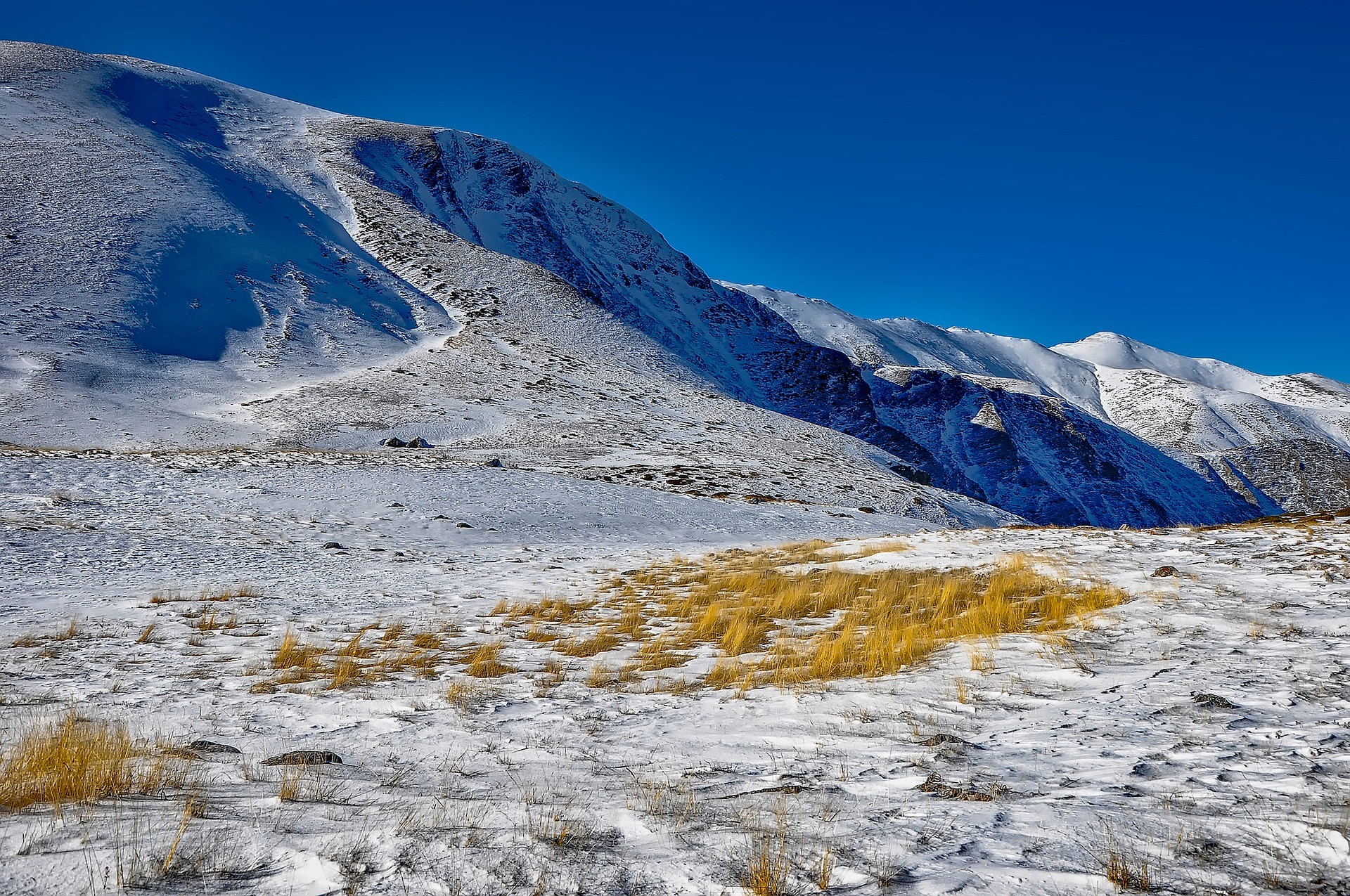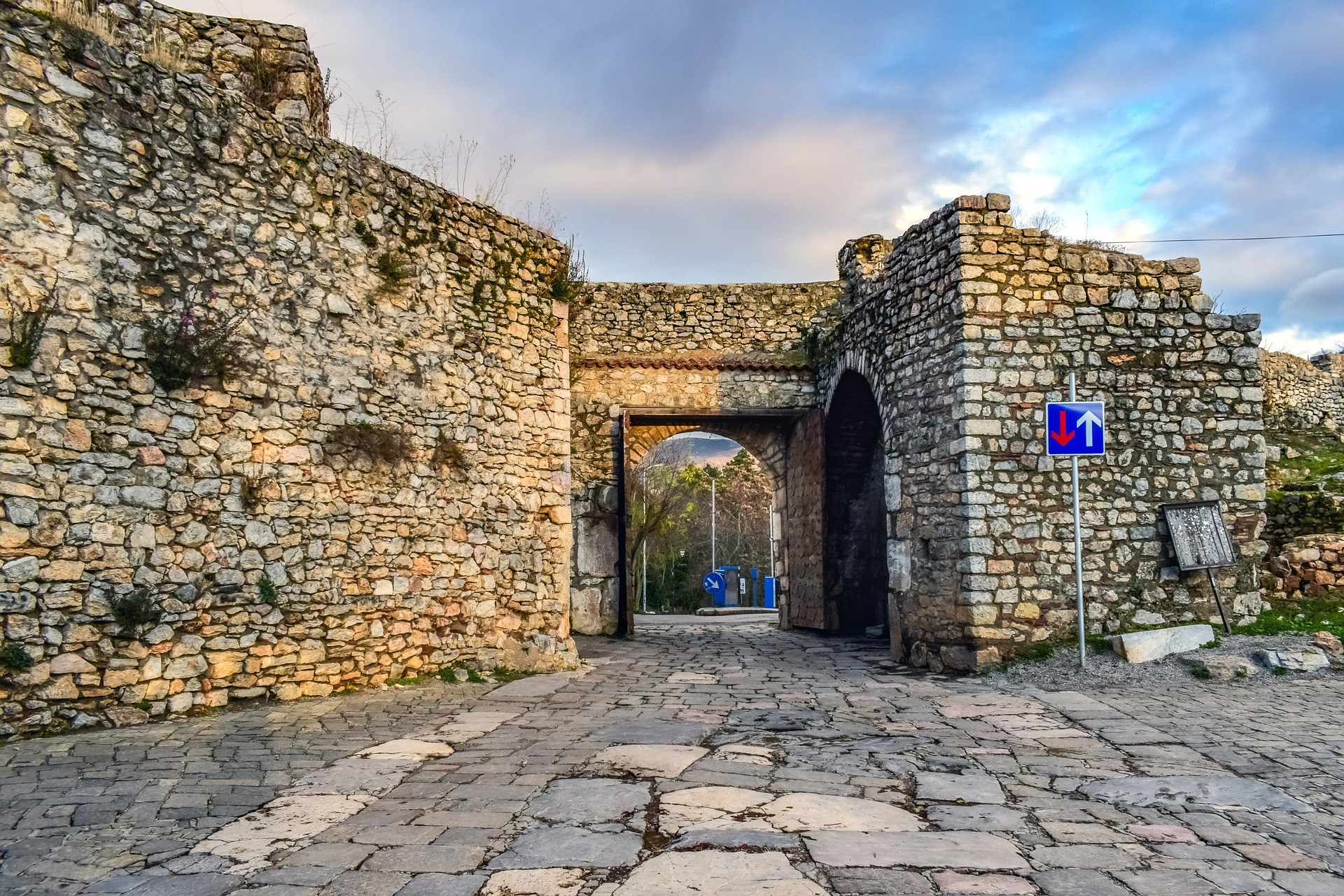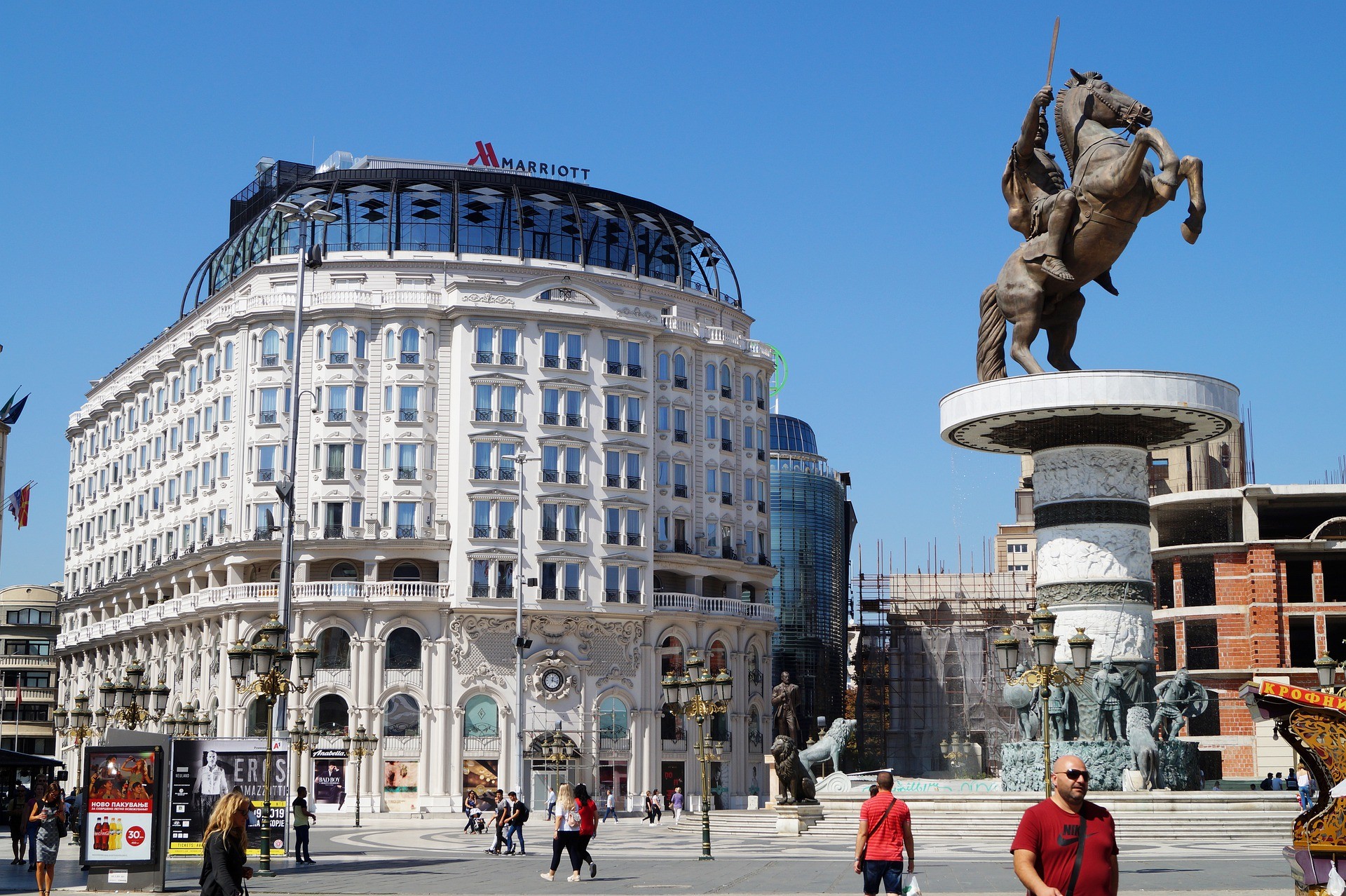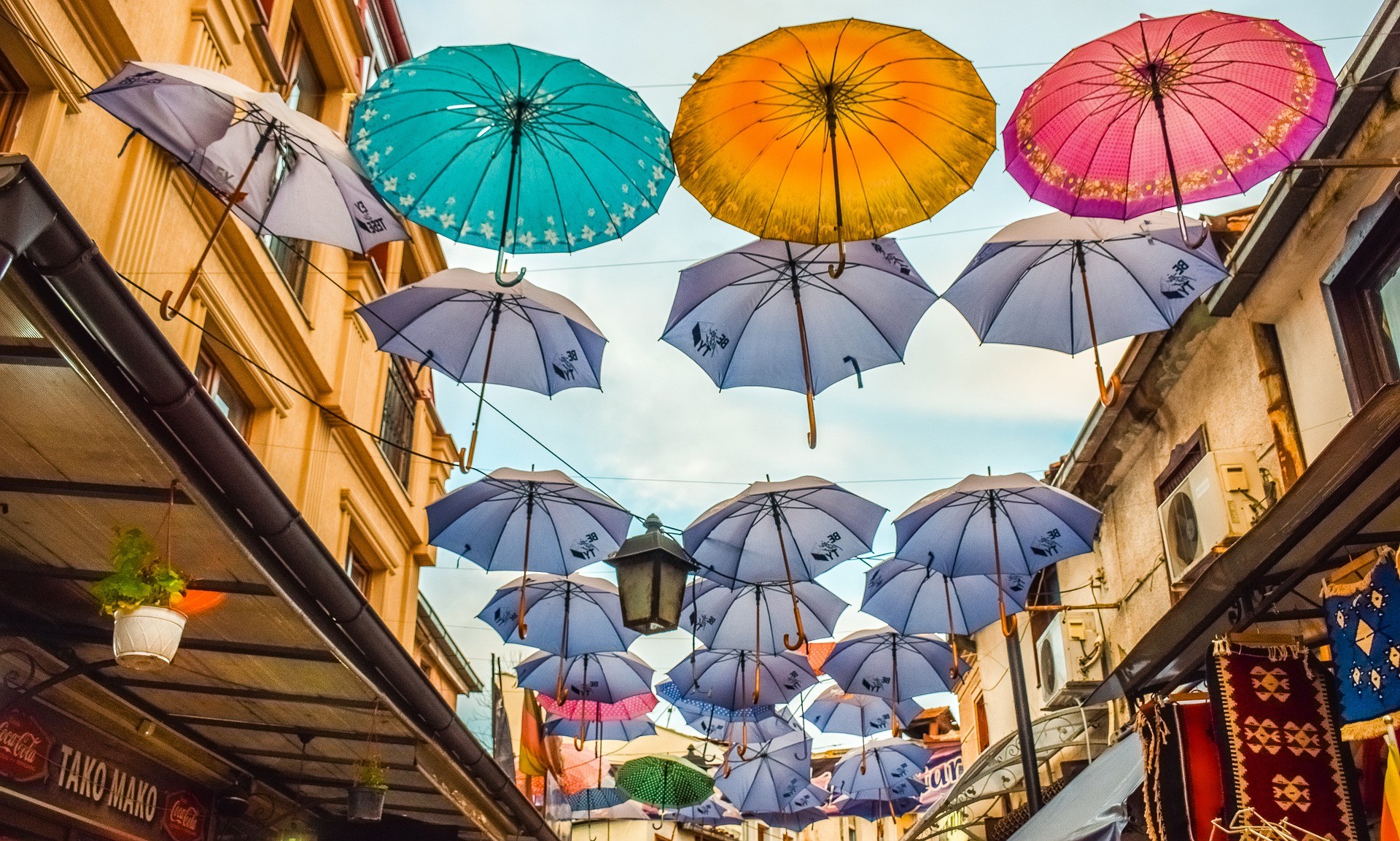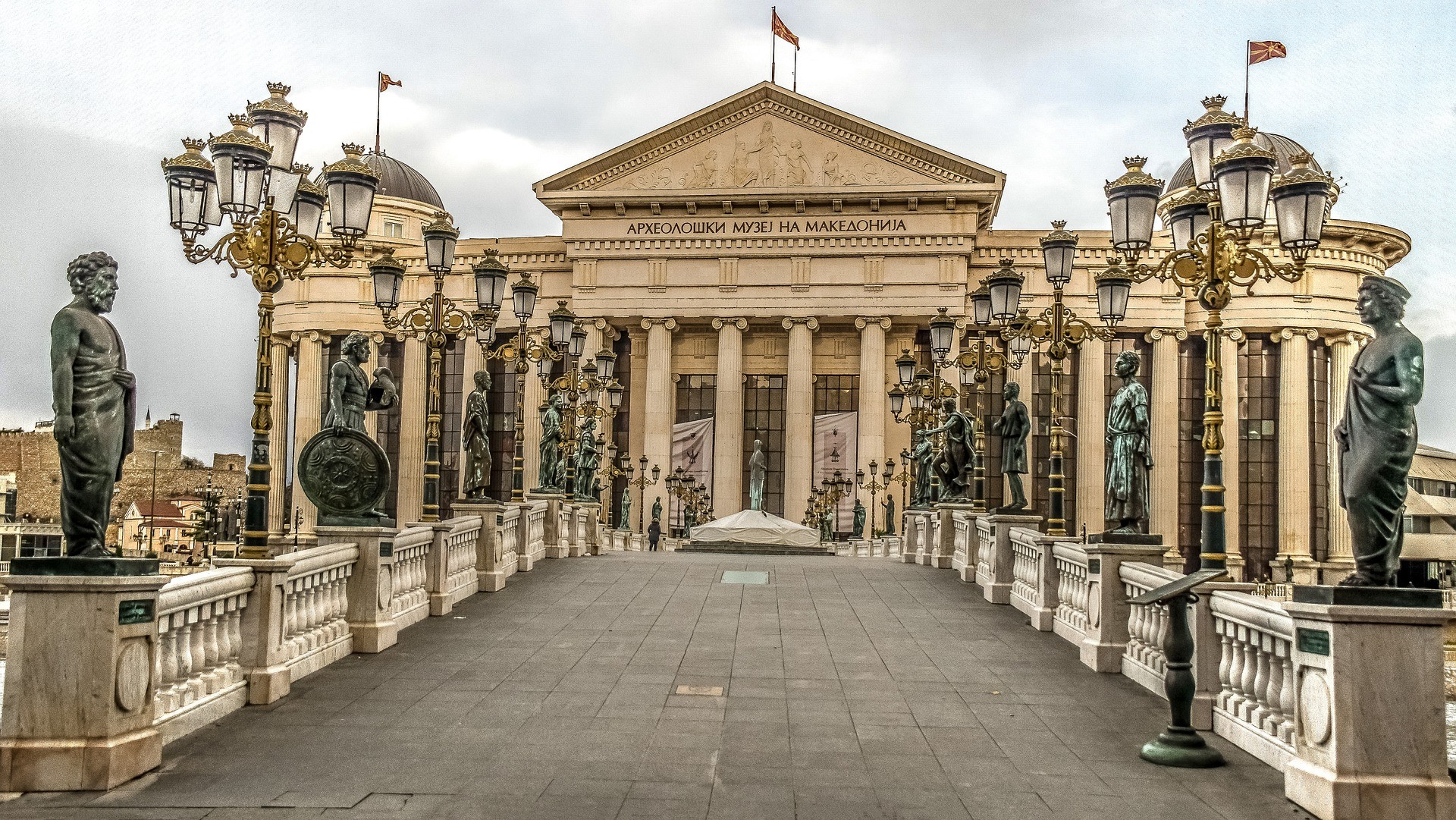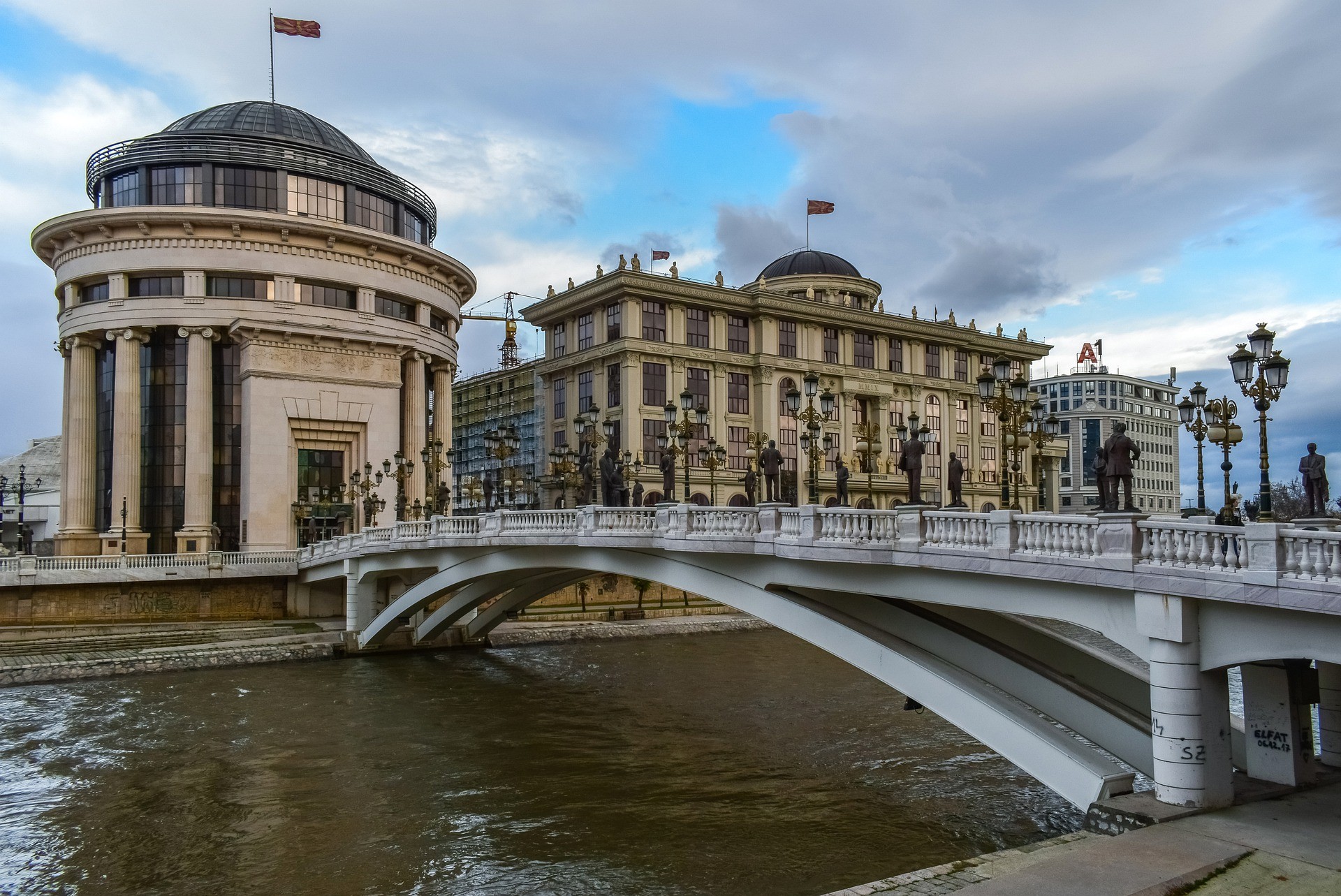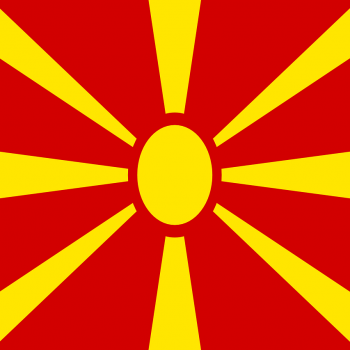Macedonia
Macedonia
Capital city description
Skopje is Macedonia's capital and largest city, with 571.5 square kilometers. The city, the country's political, cultural, economic, and academic center, is divided by the Vardar River, which passes through the center. The city, rising on two banks of the Vardar River. It is home to Albanians and Muslims, and Orthodox Christians live on the other side.
The City of Skopje encompasses various natural environments, and its fauna and flora are rich. The unique structure of the city is a combination of modern and traditional architecture that shapes the city. The largest protected area within the city limits is Mount Vodno, a famous leisure destination. A cable car connects its peak to the downtown, and many pedestrian paths run through its woods.
Climate
Macedonia is characteristic of three different climates: Changed Mediterranean, Mountainous, and Mildly Continental.
This climate is characterized by long and dry summers and mild and rainy winters. The spring and the fall are not very noticeable. The fall is more prolonged and warmer, and the spring is shorter and colder. The average temperature in the hottest month - July, is about 25 degrees Celsius.
Languages spoken
Macedonian is the official language in Macedonia. There are six minority languages spoken in Macedonia that have been formally recognized: Turkish, Albanian, Romani, Serbian, Bosnian, and Aromanian. At the same time, most foreign languages are spoken in Macedonia, including English, French, German, and Serbo-Croatian.
Fun/Fascinating Facts
- Macedonia is the second most mountainous in the world. Almost 85% of the Macedonian territory is covered in a mountain.
- Ohrid is a small town in the southwest of Macedonia that’s home to 365 churches. Some of these churches have been abandoned, but Ohrid is probably the city with the most churches per square meter globally.
- Macedonia houses one of the oldest and deepest lakes in Europe and is home to various fish species.
- Since becoming an independent nation in 1991, Macedonia has had two flags. Its first flag and the current flag feature a yellow sun on a red background.
- Macedonia is the only country in Europe to have naturally occurring rubies, and this is where you’ll find the only ruby mine in Europe.
Unique Customs/Traditions
- Macedonians have many unique customs and traditions concerning their wedding. For example, the shaving of the groom by the best man is one of the common Macedonian wedding customs that take place on the morning of the wedding day. It is a symbol of the separation of the groom from his family. Before leaving for a Macedonian wedding ceremony, the bride deliberately kicks over a glass or bowl filled with water to symbolize a life that flows as smoothly as water.
- In addition to their wedding customs, Groomsmen come to the brides' house and barter with the brides' family until an agreed-upon price can be arranged. The bride's brother-in-law brings the bride's shoes, which are one size bigger. He then filled them with money so that they fit the feet of the bride.
- The Macedonian bread dance is a favorite wedding tradition and one of the reception highlights. A round sweetened egg bread, called a koluk, is baked and decorated with white flowers. As a wedding band, the bread is round to signify something with no beginning or end. Everyone is invited onto the dance floor to join hands and dance a simple horo (line) dance, familiarly referred to as the "one, two, three, kick kick" dance.
- One Macedonian tradition hides a coin in Zelnick (a pastry pie filled with feta cheese and a variety of other fillings). Each family's celebration may be slightly different, and the coin could be hidden in bread or cake, as well as the Zelnick. Regardless of the food, cutting the Zelnick and distributing the pieces is an integral part of the tradition.
Popular universities
| Name | Description | |
|---|---|---|
| Saints Cyril and Methodius University in (SkopjeUniverzitet Sv. Kiril i Metódij vo Skopje) | The Saints Cyril and Methodius University in (SkopjeUniverzitet Sv. Kiril i Metódij vo Skopje) is a non-profit public higher education institution located in the large city of Skopje. The university was established in 1949. The Saints Cyril and Methodius University offers courses and programs leading to officially recognized higher education degrees such as bachelor's degrees in several areas of study. The university is divided into 23 faculties and 10 research institutes. | |
| Goce Delcev University of Štip | The Goce Delcev University of Štip is a non-profit public higher education institution located in the urban setting of the small city of Štip. Established in 2007, Goce Delchev University was started with seven faculties and one higher school. The faculties are as follows: Faculty of Law, Faculty of Economics, Faculty of Mining, Geology and Polytechnic, Faculty of Agriculture, Faculty of Computer Science and Information Technology, Faculty of Music and Higher Medical School. Since the academic 2008/2009 year, the University has established six new faculties: Faculty of Medical Science, Faculty of Philology, Faculty of Electrical Engineering, Faculty of Mechanical Engineering, Faculty of Technology, and Faculty of Tourism and Business Logistics. It now has twelve faculties and three academies (as of July 2019). | |
| South East European University | Founded in 2001, South East European University is a non-profit private higher education institution located in the suburban setting of the small city of Tetovo. South East European University offers courses and programs leading to internationally recognized higher education degrees at bachelor, master, and doctorate levels in several areas of study. Study programs are offered in three languages: English, Albanian and Macedonian. The university comprises five faculties: Law, Public Administration, and Political Sciences, Business and Economics, Languages, Cultures and Communications, and Contemporary Sciences and Technologies. | |
| St. Clement of Ohrid University of Bitola | St. Clement of Ohrid University of Bitola (Univerzitet Sv. Kliment Ohridski vo Bitola) is a non-profit public higher education institution located in the urban setting of the small city of Bitola, founded in 1979. St. Clement of Ohrid University of Bitola offers courses and programs leading to officially recognized higher education degrees such as bachelor's degrees, master's degrees, doctorate degrees in several areas of study. This institution also has branch campuses in the following locations: Prilep, Ohrid, Veles, Kicevo, Struga, Skopje. | |
| University of Information Science and Technology, “St. Paul the Apostle,” | The University of Information Science and Technology, “St. Paul the Apostle,” is a higher education state institution in Ohrid. UIST is committed to providing excellence in education and research in information sciences and technology. University for Information Science and Technology St. Paul the Apostle (UIST) offers courses and programs leading to officially recognized higher education degrees such as bachelor's degrees master's degrees in several areas of study. | |
| American University of Europe-FON | The American University of Europe-FON is an autonomous, private, non-profit, scientific, and higher education institution, established in 2003 as a Faculty of Social Sciences. The American University of Europe-FON offers courses and programs leading to officially recognized higher education degrees such as bachelor's degrees master's degrees in several areas of study. | |
| International Balkan University | Founded in 2006, International Balkan University is a private higher education institution located in the large city of Skopje. Officially recognized by the Ministry of Education and Science of North Macedonia, International Balkan University (IBU) is a coeducational North Macedonian higher education institution. International Balkan University (IBU) offers courses and programs leading to officially recognized higher education degrees in several areas of study. International Balkan University also provides several academic and non-academic facilities and services to students, including a library and administrative services. | |
| State University of Tetova | The State University of Tetova (Universiteti Shtetëror i Tetovës) is a public university in North Macedonia, established in 1994. The university consists of eleven faculties: Faculty of Economics, Faculty of Law, Faculty of Applied Sciences, Faculty of Fine Arts, Faculty of Philosophy, Faculty of Philology, Faculty of Medicine, Faculty of Math-Natural Sciences, Faculty of Food Technology, Faculty of Physical Education, Faculty of Business Administration, Faculty of Agriculture and Biotechnology and Faculty of Pedagogy. | |
| University American College Skopje | Founded in 2005, University American College Skopje is a for-profit private higher education institution located in the large city of Skopje. Officially recognized by the Ministry of Education and Science of North Macedonia, University American College Skopje (UACS) is a small coeducational North Macedonian higher education institution formally affiliated with the Christian-Orthodox religion. University American College Skopje (UACS) offers courses and programs leading to officially recognized higher education degrees such as bachelor's degrees master's degrees in several areas of study. | |
| International University of Struga (Universiteti Ndërkombetar i Strugës) | International University of Struga (Universiteti Ndërkombetar i Strugës) is a for-profit private higher education institution located in the urban setting of the large town of Struga. The International University of Struga offers courses and programs leading to officially recognized higher education degrees such as bachelor's degrees, master's degrees, doctorate degrees in several areas of study. The International University of Struga has four faculties: Faculty of Economy and Business, Faculty of Law, Faculty of Political Science and Information Technology. This institution also has a branch campus in Gostivar. | |
Festivals & Events
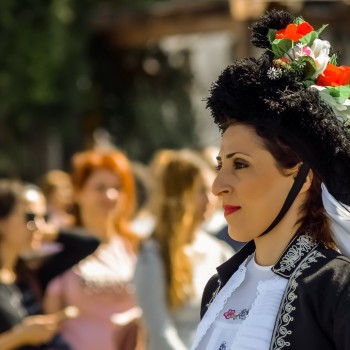
Strumica Carnival
Date: March and April
Strumica's carnival is an ancient tradition focusing on local girls getting engaged. It is held at the end of March and the beginning of April on the Tuesday following Ash Wednesday.
The festival starts with a colorful procession and parade, masked men visiting potential fiances' homes begging for their hand in marriage. It's all great fun, with street parties and large amounts of food and drink.

Taksirat Festival
Date: End of November
Taksirat Festival is an international and universal music event with thousands of revelers cramming into packed arenas. Visitors can spend days enjoying all the festival has to offer, with food and drink stalls dotted all around the site and a side program of workshops, theater performances, films, and discussion groups.
Taskirat takes place at the end of November every year and stretches over one week.
.jpg)
Orthodox Easter
Date: April
Easter is the most significant festival in Macedonia, held in April, two weeks after Western Holy Week. Good Friday sees church attendance and vegetarian food, with the traditional Easter Day meal prepared on Great Saturday.
The traditional dyed and painted Easter Eggs are prepared well in advance, with the first-placed next to the family icon. On Easter morning after church, the decorated eggs are given to family and friends, and celebrations continue all day.
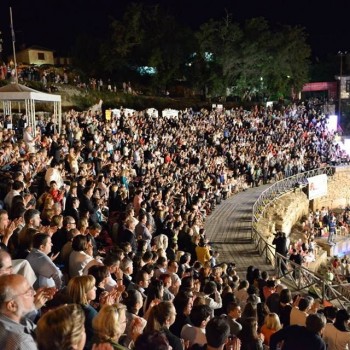
Ohrid Summer Festival
Date: From mid-July to late August
Ohrid Summer Festival is one of Macedonia’s most significant and most well-attended events, holding thousands of visitors from all over the world to join in the festivities.
A festival of music, theater, and dance, the event takes place from mid-July to late August in the city of Ohrid. The festival features plays, dance, music concerts from professional and amateur performers, operas, and many exciting events.

Skopje Jazz Festival
Date: October
Originated in 1982, Skopje Jazz Festival is one of the leading music festivals in Macedonia, attracting international attention from Jazz fans worldwide and featuring performances from jazz performers of all genres, from Bebop to Bossa Nova.
The festival is a non-governmental and non-profit organization aiming to display some of the world’s best jazz from best contemporary artists, such as the five-time Grammy-nominated Eliane Elias. Taking place in Skopje, the festival is a lovely place to dance, drink and socialize with other jazz enthusiasts, who flock from every corner of the world to witness world-class performers come together in this lively city.
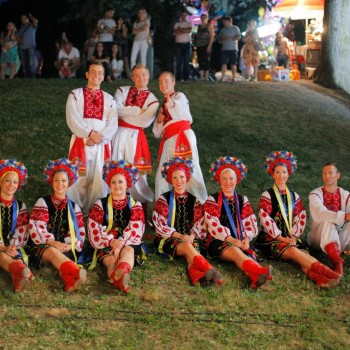
Balkan Folklore Festival
Date: First week of July
Balkan Folklore Festival is an international folklore event celebrating its rich cultural and social history in four of its prettiest seaside towns. The festival hosts many vocal and instrumental artistic groups and solo singers who present authentic tradition and culture through dances, songs, customs, traditional clothes, and instruments.
The festival is a fantastic event for children and families to visit and learn about the country’s past in a fun and entertaining way, full of color and activity.
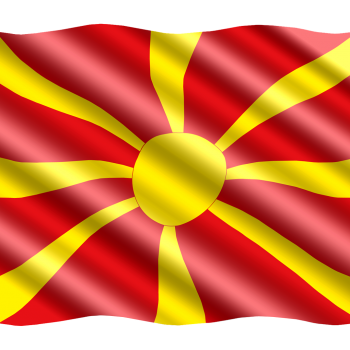
Independence Day
Date: 8th of September
Macedonian Independence Day is a public holiday commemorating the day the country gained its freedom from Yugoslavia in 1991, when it officially became a parliamentary democracy. Celebrated every 8th of September, on this proud day, Macedonians take to the streets in a patriotic extravaganza that includes free music concerts, special themed dance performances, plays, and several processions.
The main event takes place in Skopje’s historical Pella Square, where thousands of people gather to view a speech by the Prime Minister, as well as military marches, air shows, and a stunning fireworks display.

Galicnik Summer festival
Date: July
The Galicnik Summer festival combines tradition, local custom, and heritage, held in the village of Galičnik in Northwestern Macedonia.
The highlight of this two-day event in July is the traditional wedding festival. One lucky couple gets to marry in a ceremony unique to the region, following a series of rituals, including playing instruments, singing and dancing the Montenegrin Teškoto performed by a group of local men.
Attractions / Top Sights
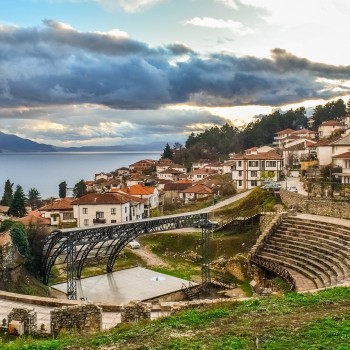
Ohrid
When to visit: April to October
When to visit: https://whc.unesco.org/en/lake-ohrid-region
Located on the southwestern border of Macedonia and the northeastern shore of Lake Ohrid is the most famous tourist city of Macedonia – Ohrid. Ohrid, along with Lake Ohrid, is home to one of the world’s oldest lakes and is one of the unique sources of biodiversity in Europe.
Ohrid ranks high in tourist footfall for its stunning natural beauty and tremendous historical significance. The city was once called the Balkan Jerusalem for its 365 churches. The distinctive natural values and the quality and diversity of its cultural, material, and spiritual heritage make this region genuinely remarkable. UNESCO lists it as a World Heritage Site for its natural and cultural sites.
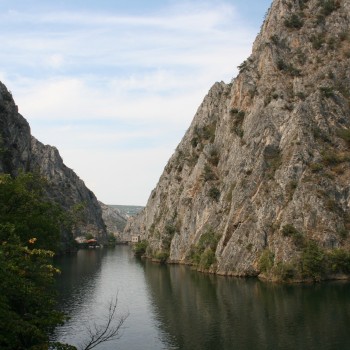
Matka Canyon
When to visit: In summer
The stunning Matka Canyon is about 17 km southwest of Skopje, the most favored outdoor destination. It is home to the oldest artificial lake, ancient monasteries, and several unique caves, one being the famous cave, Vrelo Cave, located on the right bank of the Treska River. It was listed as one of the top 77 natural sites in the world in the New7Wonders of Nature project.
Alpine hiking, kayaking, fishing, hunting, and swimming are among the most famous activities in Matka Canyon, preferably in summertime.
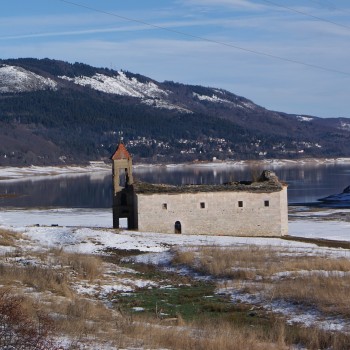
Mavrovo National Park
When to visit: In summer and winter
Mavrovo National Park is the most extensive national park in Macedonia. It was established in 1949 and spread nearly 192,000 acres from Lake Mavrovo to the Albanian border. The park is covered by lush greenery in the warmer months. The lake becomes a famous place for fishing, boating, and swimming during those months.
Furthermore, Mavrovo has the best-known ski resort in Macedonia, "Zare Lazareski," which provides excellent conditions for winter sports, ski slopes, and enjoying the snow. The highest point which is reached by the ski lift in Ski Center Mavrovo is at the altitude of 1860 meters. The park is home to North Macedonia's highest peak, Mt Korab (2764m). The National Park Mavrovo is very pleasant for walking and hiking during the summer months. Vast pastures and clear mountain springs are suitable for walking tours and cycling. One of the most exciting sights of the National Park Mavrovo is photographing the wildlife of the Dinara region - the brown bear, lynx, wolf, wild boars, deer, and chamois.
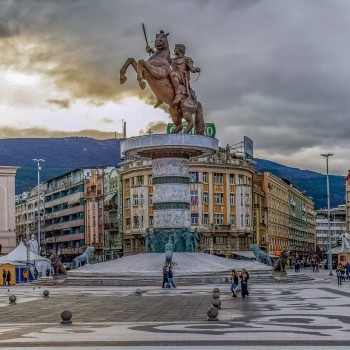
Skopje
When to visit: April to July
The beautiful capital of Macedonia, Skopje, is the largest city in Macedonia. Skopje has been a modest Balkan city known for its rich local life, but the last decade has seen its center transformed into a bizarre set design for an ancient civilization.
The city is architecturally famous for its neoclassical buildings, towering warrior statues, gleaming, marble-clad museums, hypnotic mega fountains, and plenty of impressive lion statues. Major attractions include the Skopje Fortress, Stone Bridge, and Macedonia Square.
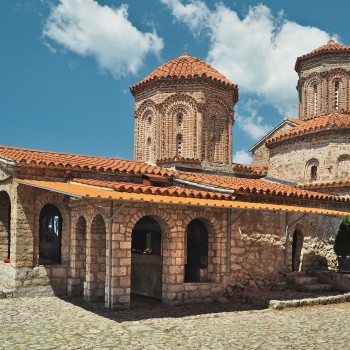
Monastery of St. Naum
When to visit: In summer
Located 29 kilometers south of Ohrid, the Monastery of St. Naum is established amidst beautiful scenery with Lake Ohrid on one side and the River Drim. Overlooking the Lake of Ohrid, the walls provide breathtaking panoramic views of the entire bay area.
The monastery of St. Naum is best known for its stunning frescoes, remarkable calm surroundings, and religious history, making it one of Macedonia's famous tourist attractions. It is truly a land where wonders of nature blend perfectly with some of the most captivating monuments of religion.
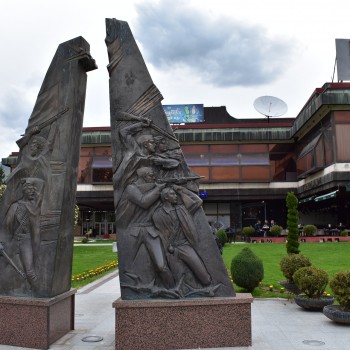
Bitola
When to visit: July and August
Located not far from the border with Greece in the south of Macedonia, Bitola is the second-largest city in the country. It is full of stunning ancient buildings, delightful art galleries, and many welcoming and friendly cafes.
The town is home to elegant, pastel-colored townhouses alongside beautiful mosques and churches. The Old Bazaar dating to Ottoman times, is delightful to grab a coffee and people-watch. With a lively cultural scene, lots of festivals occur here over the year. The Museum of Bitola is particularly worth checking out; it provides a fascinating look at the city’s history and culture.

Wineries of Macedonia
When to visit: May to September
Macedonia houses some of the finest vineyards and wineries in southeastern Europe. From Skopje, across Veles, Negotino, Kavadarci, and Demir Kapija, all the way to Gevgelija, the road is overflown with immensely vine plantings and numerous wineries.
The areas produce fantastic red and white wines, including Vranec, Merlot, Cabarnet Sauvignon, Chardonnay, Sauvignon Blanc, Zilavka, and Muscat Ottonal, to name a few. The grape varieties common in cultivation include many indigenous varieties and varieties common to Central Europe, the Balkans, and some international types.
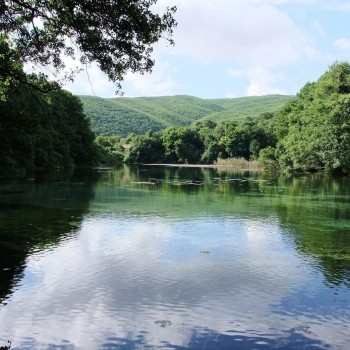
Galicica National Park
When to visit: From late June to mid-August
Situated on Mount Galicica, the lovely Galicica National Park is a famous tourist attraction. It offers an excellent hiking experience amongst the unspoiled and pristine valleys, forests, and mountains that will undoubtedly captivate nature lovers.
Galicica National Park’s natural beauty is one of the best places to visit, with picturesque little mountain villages, an abundance of fantastic fauna and flora, and a diverse landscape encompassing lakes, mountains, and valleys. The lovely national park is home to several lofty peaks. From their summits are some breathtaking views of the surrounding countryside.
















